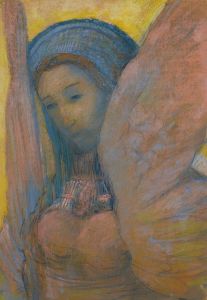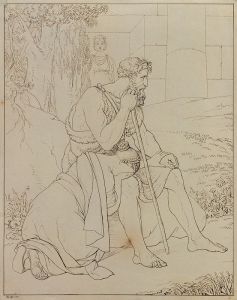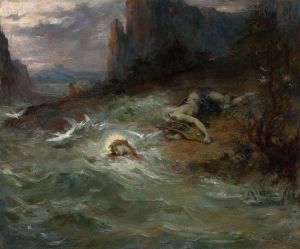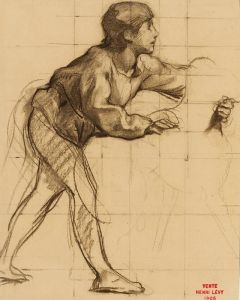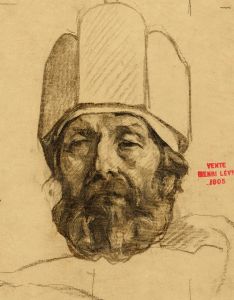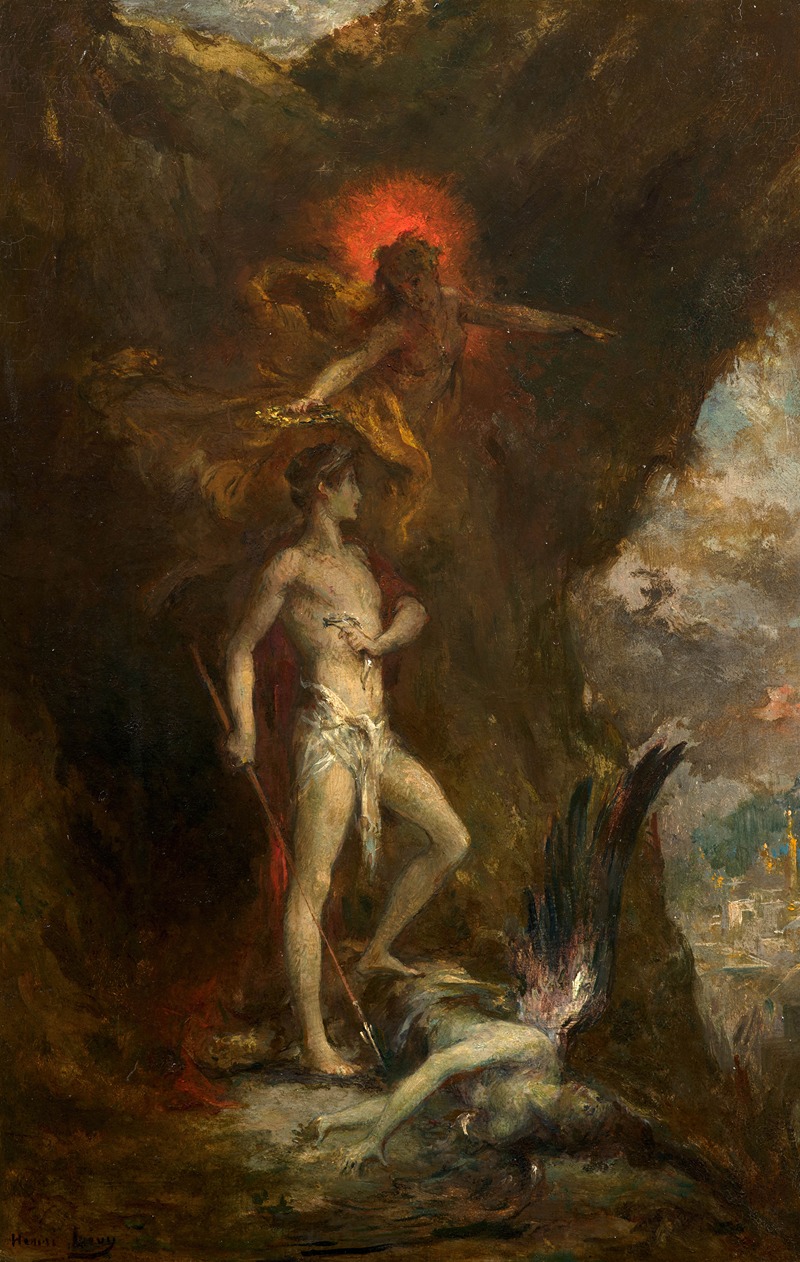
Oedipus conquers the Sphinx
A hand-painted replica of Henri Leopold Lévy’s masterpiece Oedipus conquers the Sphinx, meticulously crafted by professional artists to capture the true essence of the original. Each piece is created with museum-quality canvas and rare mineral pigments, carefully painted by experienced artists with delicate brushstrokes and rich, layered colors to perfectly recreate the texture of the original artwork. Unlike machine-printed reproductions, this hand-painted version brings the painting to life, infused with the artist’s emotions and skill in every stroke. Whether for personal collection or home decoration, it instantly elevates the artistic atmosphere of any space.
Henri Léopold Lévy's painting "Oedipus Conquers the Sphinx" is a notable work that captures a pivotal moment from Greek mythology. Lévy, a French painter born in 1840, was known for his academic style and his interest in mythological and historical subjects. This particular painting depicts the legendary encounter between Oedipus and the Sphinx, a creature from Greek mythology with the body of a lion, the wings of a bird, and the face of a woman.
The myth of Oedipus and the Sphinx is a well-known story from ancient Greek lore. According to the myth, the city of Thebes was plagued by the Sphinx, who posed a riddle to all travelers and devoured those who could not solve it. The riddle was: "What walks on four feet in the morning, two in the afternoon, and three at night?" Oedipus, a prince of Thebes, encountered the Sphinx and successfully answered the riddle with "Man," explaining that humans crawl on all fours as babies, walk on two feet as adults, and use a cane in old age. By solving the riddle, Oedipus defeated the Sphinx, who then destroyed herself, thus liberating Thebes from her curse.
Lévy's painting captures the dramatic moment of this intellectual victory. The composition typically features Oedipus standing confidently before the Sphinx, who is often depicted in a state of defeat or contemplation. The artist's use of light and shadow, as well as his attention to detail in the depiction of the characters, contributes to the dramatic tension of the scene. Lévy's academic training is evident in the precise rendering of anatomy and the classical composition of the painting.
Henri Léopold Lévy was part of the 19th-century French art scene, a period that saw a resurgence of interest in classical themes and subjects. His works often reflect the influence of the Romantic and Neoclassical movements, which emphasized emotion, grandeur, and the exploration of mythological and historical narratives. Lévy's "Oedipus Conquers the Sphinx" fits within this context, as it combines a classical subject with a dramatic and emotional portrayal.
The painting is an example of Lévy's skill in bringing mythological stories to life through art. It reflects the 19th-century fascination with antiquity and the human condition, themes that were prevalent in the art and literature of the time. Lévy's work, including this painting, contributes to the broader understanding of how 19th-century artists engaged with classical mythology to explore timeless themes of fate, knowledge, and human struggle.
"Oedipus Conquers the Sphinx" remains a significant piece within Lévy's oeuvre and continues to be appreciated for its artistic merit and its interpretation of a classic mythological tale. The painting serves as a testament to Lévy's ability to capture the essence of mythological narratives and to convey complex themes through his art.







